 The opening of the ski slopes is not completely in the hands of Mother Nature, and for that you can thank Dr. Ray Ringer. Ringer was not actually trying to invent a way to extend the ski season. His discovery of snowmaking is another happy accident.
The opening of the ski slopes is not completely in the hands of Mother Nature, and for that you can thank Dr. Ray Ringer. Ringer was not actually trying to invent a way to extend the ski season. His discovery of snowmaking is another happy accident.
Ray Ringer was working with other Canadian scientists to study the effects of rime ice on jet engines. An attempt to reproduce natural weather conditions lead to the discovery of how to make snow. The scientists were spraying water into the air of a low temperature wind tunnel right before a jet engine intake to create rime ice on the aircraft. Instead of creating ice, they kept making snow. The jet engines and the wind tunnel had to be shut down regularly to shovel away the powder. Continue reading “Slopes All Day: Invention of the Snow-making Machine”


 Swedish chemist, inventor and engineer Alfred Nobel held more than 350 patents and owned several companies which created and sold explosives. Still he is best known as the founder of the Nobel Prizes and that is the way he wanted.
Swedish chemist, inventor and engineer Alfred Nobel held more than 350 patents and owned several companies which created and sold explosives. Still he is best known as the founder of the Nobel Prizes and that is the way he wanted.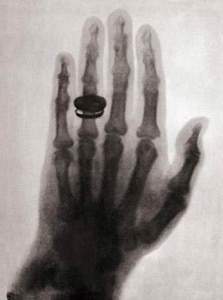 This week in 1895, a monumental advancement in medical technology was made by accident in a German lab.
This week in 1895, a monumental advancement in medical technology was made by accident in a German lab.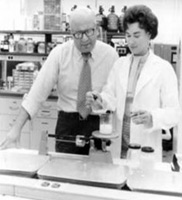
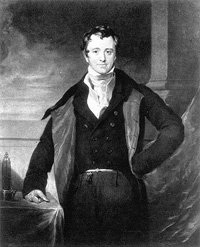 Nitrous Oxide as an Anesthetic
Nitrous Oxide as an Anesthetic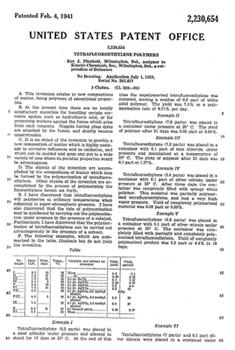 Teflon is yet another product invented entirely by mistake. Roy Plunkett, a research chemist at Dupont, was experimenting with synthesizing new types of refrigerant gas when he accidentally produced Teflon.
Teflon is yet another product invented entirely by mistake. Roy Plunkett, a research chemist at Dupont, was experimenting with synthesizing new types of refrigerant gas when he accidentally produced Teflon.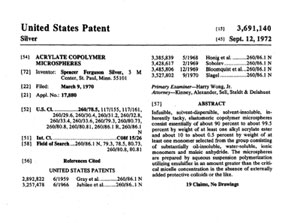 Sometimes an inventor will make a best selling product completely be accident. The Post It Note is an example of that. In 1968, Dr. Spencer Silver invented a repositionable adhesive that was strong enough to stick to surfaces but did not leave any residue. Silver had not set out to produce such a glue. He was actually trying to make a very strong adhesive. Patent Number #3691140 for Acrylate Copolymer Microspheres, the adhesive used on Post It Notes was granted to Spencer Ferguson Silver on March 9, 1970. But 3M never utilized this adhesive.
Sometimes an inventor will make a best selling product completely be accident. The Post It Note is an example of that. In 1968, Dr. Spencer Silver invented a repositionable adhesive that was strong enough to stick to surfaces but did not leave any residue. Silver had not set out to produce such a glue. He was actually trying to make a very strong adhesive. Patent Number #3691140 for Acrylate Copolymer Microspheres, the adhesive used on Post It Notes was granted to Spencer Ferguson Silver on March 9, 1970. But 3M never utilized this adhesive.